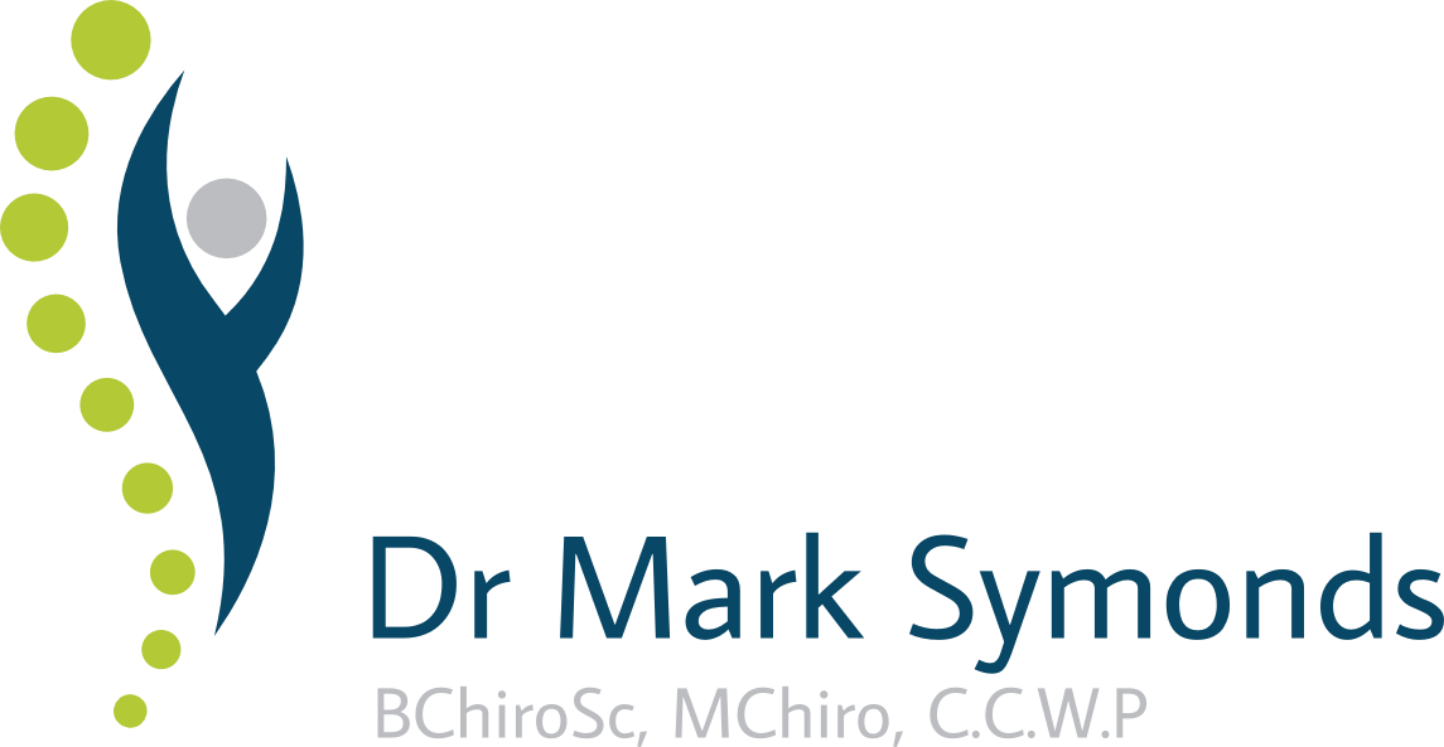Applied Kinesiology
Applied Kinesiology (AK) is a system that evaluates structural, chemical(nutritional/toxicity) and mental aspects of health using manual muscle testing with other standard methods of diagnosis.
The doctor using AK finds a muscle that is unbalanced and then attempts to determine why that muscle is not functioning properly. The doctor works out the treatment that will best balance the patient’s muscles.
Treatments may involve specific joint manipulation or mobilization, various myofascial therapies, cranial techniques, clinical nutrition, evaluating environmental irritants, meridian and acupuncture skills, , dietary management, counselling skills, and various reflex procedures.
AK is a useful diagnostic tool to help me quickly evaluate imbalances in the body that might be contributing to your problem. We look at the primary needs for health to be restored and then select the appropriate treatment to achieve this.
NEURAL ORGANISATION TECHNIQUE
Neural Organisation Technique (NOT) was developed by Dr Carl Ferreri D.C., PhC., S.K. NOT specifically aims to assess then organise any abnormal automatic neurological functions in the body. Of interest is ensuring that the primal survival systems of the body are working as designed to assist with a solid foundation for good health and integration in our modern and demanding world. These systems include our feeding, fight/flight, reproductive and limbic (includes our immune, repair, growth and cellular reproduction) systems. Each of these systems are integrated so an imbalance in one system may affect another system eg. dysfunction in our fight/flight system can also influence our reproductive system. NOT is a technique that has been around for nearly four decades and used across the world. Dr Symonds originally trained in NOT in 2004 with one of the Chiropractors to first bring the technique to Australia.
The various protocols of NOT combine knowledge from various field such as neuroscience, chiropractic, kinesiology, meridian and cranio-sacral therapy.
Image from FreeDigitalPhotos.net Content Modified from the ICAK website; www.icak.com

